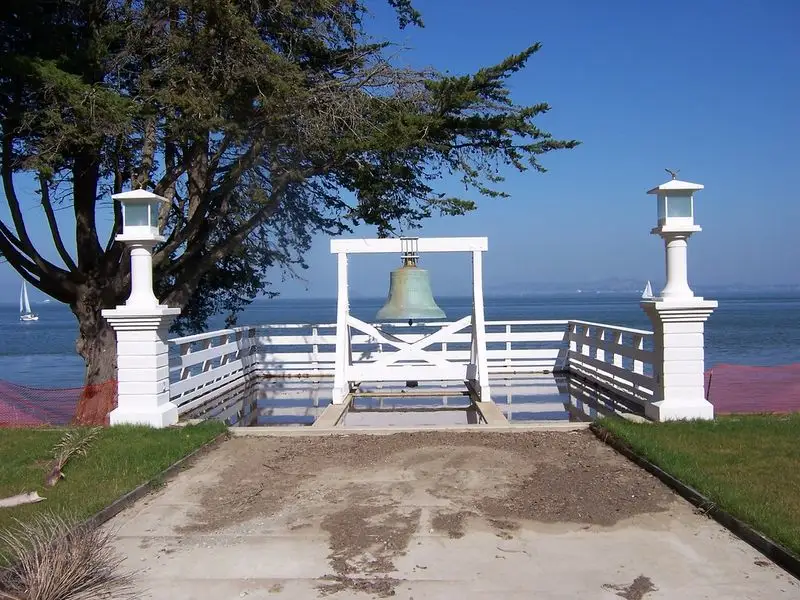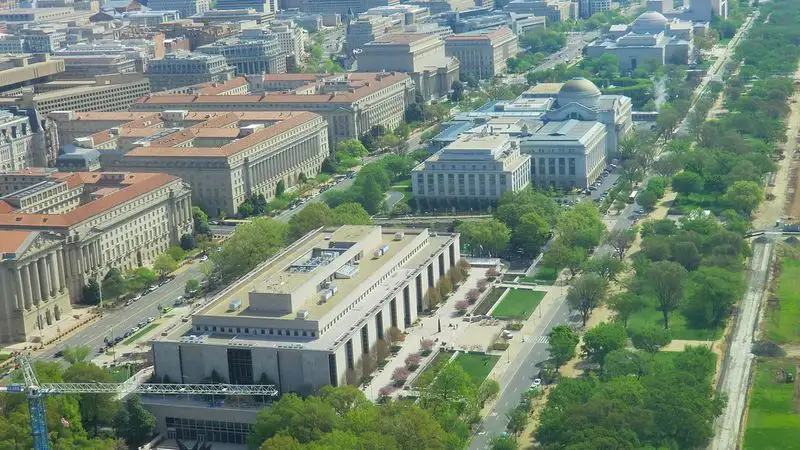Ellis Island may be the icon, but it’s far from the only doorway into America’s immigration stories. Across the country, smaller museums and historic sites preserve voices too intimate—and too urgent—to fit in a grand hall. Here, poetry is carved into wood, wedding gowns sit beside work badges, and cramped kitchens echo with generations of hope and hustle. If you want history that looks you in the eye, these stops belong at the top of your list.
Lower East Side Tenement Museum (New York, NY)

Guided tours take you room by room through carefully restored apartments where immigrant families lived between the 19th and 20th centuries, using objects and first-person narratives to show daily life, work, and struggle. The museum’s close, domestic spaces make it easy to imagine what tenement life felt like — cramped kitchens, shared stairwells, and neighbors who depended on each other. Interpreters weave archival research with descendants’ memories, placing visitors inside decisions about rent, labor, and language. It’s a visceral reminder that national policy unfolds across tiny tables, thin walls, and nightly calculations about survival and belonging.
Angel Island Immigration Station (Angel Island, CA)

Set on a wooded island in San Francisco Bay, the former detention barracks and museum reveal the ordeal many Asian immigrants faced under exclusion-era laws. Original poems carved into the walls—pleas, protests, and hopes—speak with moving clarity across a century. Walking the wooden dormitories and reading those verses contrasts sharply with the triumphal arrival narratives many associate with immigration. Ranger-led tours unpack policy, prejudice, and perseverance, while trails and viewpoints connect the isolation of detention to the glittering city just across the water. The result is a sobering, essential counterpoint to America’s open-door mythology.
Museum of Chinese in America (MOCA) — Chinatown (New York, NY)

MOCA traces Chinese American life from the 19th century to today, anchoring sweeping history in intimate details: family photos, menus, uniforms, and wedding gowns. Galleries pair artifacts with oral histories that echo with risk, enterprise, and reinvention. Because it sits in Chinatown, the museum’s streetscape becomes part of the story—diners, grocers, and garment shops frame the exhibits outside. Rotating shows explore Exclusion-era battles, neighborhood activism, and pop culture, while archives preserve community memory for future researchers. MOCA’s strength is how it makes large forces—law, labor, and migration—visible in the choices a single family made at dinner.
Japanese American National Museum (Los Angeles, CA)

In Little Tokyo, JANM chronicles more than a century of Japanese American experiences, from early migration and community building to wartime incarceration and postwar renewal. Exhibits mix letters, home movies, identification tags, and a barracks reconstruction to humanize policy decisions that uprooted families. Personal narratives detail resilience, redress activism, and the ongoing negotiation of identity. Temporary shows connect historical episodes to contemporary questions of citizenship and civil liberties. With its blend of scholarship and memory, the museum challenges visitors to see how national security arguments can reshape everyday life—and how communities rebuild with dignity and resolve.
National Museum of American History — American Enterprise: Immigration and Work (Washington, DC)

Within the Smithsonian, American Enterprise highlights how immigrants powered U.S. industry and entrepreneurship, pairing business artifacts with stories of risk, labor, and adaptation. Visitors encounter sewing machines, union badges, corner-store ledgers, and startup prototypes that trace paths from shop floors to boardrooms. Interactive maps and profiles spotlight entrepreneurs who bridged languages and markets. The gallery situates immigration inside a broader economic narrative—boom, bust, and innovation—without losing sight of families behind the numbers. It’s a valuable complement to heritage-specific museums, showing how work tied communities together and turned arrival into opportunity, sometimes against steep odds.
National Museum of Immigration at Ellis Island — Beyond the Great Hall Tours (New York, NY)

Even at Ellis Island, some of the most powerful stories sit beyond the postcard Great Hall. Specialty tours lead small groups through hospital wards, isolation rooms, and unrestored corridors where medical exams and hard decisions unfolded. Archival photos and patient records reveal the intimate stakes of public health at the border. The spaces themselves—sunlit yet stark—underscore how hope stood beside fear for many arrivals. By stepping behind the scenes, visitors gain a more complicated portrait of inspection, quarantine, and resilience, complementing the triumphant narratives often heard in the main museum.

